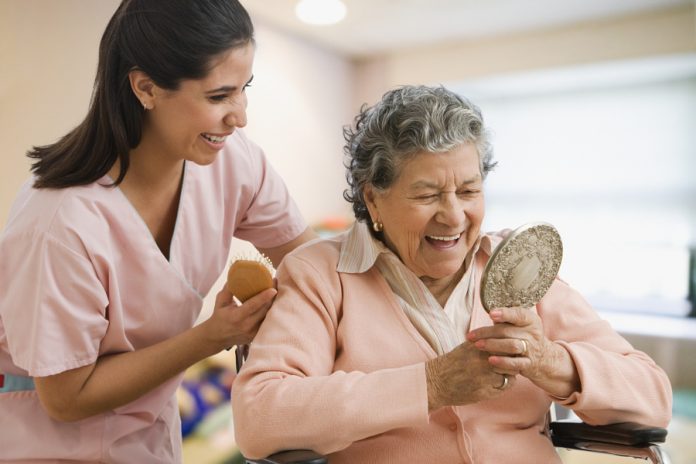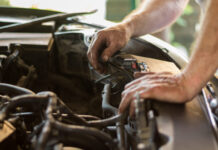Supporting seniors who are experiencing the challenges associated with aging is one of the most difficult tasks both their relatives and professionals who care for them must undertake, especially when it comes to activities of daily living (ADLs), like bathing, eating, and using the restroom.
After all, while we want to be helpful and may even be protective, we also don’t want to infantilize aging adults or take away their autonomy. Luckily, there are many ways to provide support and resources that can help seniors manage their health and hygiene tasks more independently, even as some of their facilities may be in decline.
1. Start By Asking
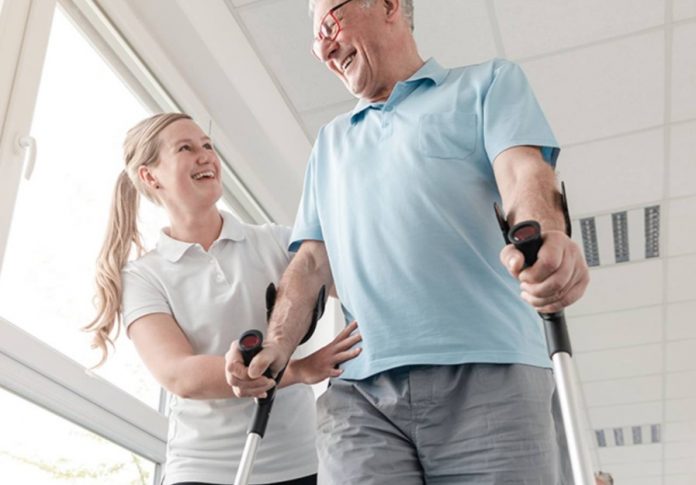
It can be hard or even embarrassing for seniors to ask for help when they realize that they’re having difficulties with certain ADLs, but that doesn’t mean they aren’t aware they could use support.
With that in mind, the first thing you should do is talk to the person you are supporting about what they might want or need and what boundaries they wish to set. For example, someone who needs substantial help with bathing or grooming may not want their adult children involved in the process and may prefer to hire a caretaker and, whenever possible, that desire needs to be respected.
2. Develop A Routine
Once you have a sense of what types of support someone needs around ADLs, the next thing you should do together is work on developing a routine. Routines are particularly helpful for individuals with memory issues, who may also benefit from a clearly posted visual schedule, watch alarms, or other reminders that cue them as they go through different activities.
Because physical, routine-based memories are different from information-based memories, creating a set order of activities can help ensure those tasks get done as they should each day.
3. Emphasize Safety
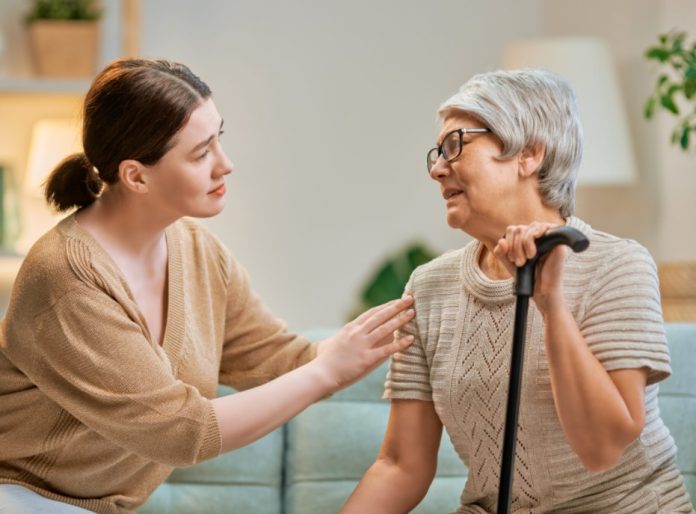
Among the major reasons why older adults begin to need help with ADLs is that simple tasks become dangerous. After all, aging often comes with decreased bone density, which makes fractures more likely, as well as poor balance and other coordination problems. As a result, they may struggle with tasks like getting in and out of the shower, getting on and off the toilet, or putting on clothes and shoes.
Luckily, many of these activities can be made safer and easier with a few simple changes. Some simple ways you can make the home environment safer for seniors and ensure they can remain independent for longer include installing grab rails in the bathroom, raising the toilet seat so that they don’t need as much leverage to get up and down, and swapping out the tub or other high-sided bathing areas for a walk-in tub.
A shower seat is also a good call for those with significant stability issues and can help reduce fatigue. Don’t forget to introduce more generic safety supports that will supplement health and hygiene behaviors. For example, encouraging seniors to use a cane or walker within the home to prevent falls can make them less likely to delay important activities, like going to the bathroom, and prevent resulting complications like UTIs or incontinence.
4. Automate ADLs
One advantage that both seniors and caregivers have on their side in recent years is that many ADLs can be automated or mechanically assisted, simplifying tasks and, again, increasing independence. For example, setting up a robotic vacuum can reduce the number of housekeeping tasks an individual is responsible for, while also helping them avoid feeling like a burden if someone else needed to do it.
Similarly, equipping the kitchen with items like an electric can opener or a simple automated chopping device can make cooking a more manageable task and help seniors avoid injuries.
New player families should consider adding to their library of ADL assistants is the bidet, a simple device that can not only improve cleanliness but soothe hemorrhoids, fissures, and other complaints common to older adults. Though a bidet may be an unusual choice for seniors and come with a slight learning curve, many find that a bidet keeps them cleaner and more comfortable with less difficulty. Visit bidetmate.com to learn more.
6. Keep Track Of Changes
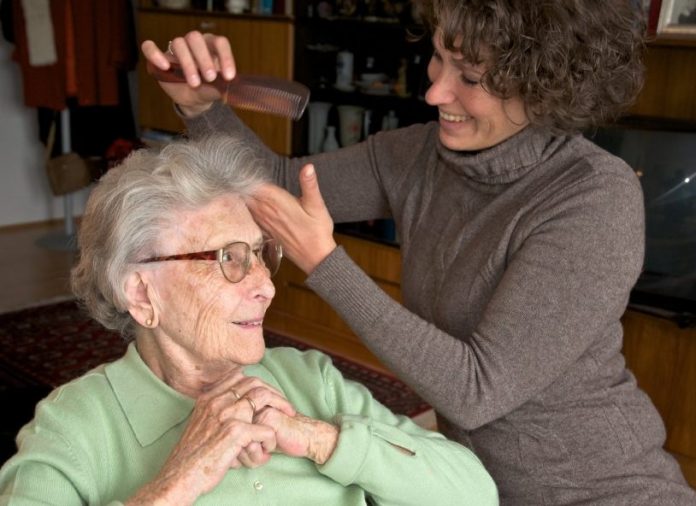
While there are many things you can do to help seniors in your life stay independent, protect their modesty, and stay safe in daily life within the home, it’s important to stay alert and ensure that those adaptations are still serving them. Also a great thing is to consider medical alert system for older ones. This system allows the safety of the old people. Whenever medical help is needed, they have a device and with one touch of a button fast medical support will be delivered to them. So visit ncoa.org and check the best medical alert systems available on the market.
One way to do that is by using the Katz ADL index, a tool for measuring an individual’s ability to complete specific activities independently. The Katz ADL index only focuses on the more basic tasks, so you may not always find it a sufficient tool for supporting all people, but it can provide some helpful insights, especially if you are new to making these judgments.
Know When More Help Is Needed
One reason that tools like the Katz ADL index are so beneficial is that they can really help caregivers identify when a higher level of support is necessary. This may be particularly true when supporting patients with Alzheimer’s or other forms of dementia.
As these conditions progress, individuals often need to be placed in a memory care facility. Unlike more general nursing or assisted living facilities, these centers specialize in issues related to memory loss, including the social-emotional challenges dementia can cause.
The more adaptations you make early on, though, the more likely it is that you can give your loved one more quality time at home. We all treasure our independence, and seniors are no different in this regard.
At the same time, they are in a position in which they know their independence is slipping away and they may be afraid to acknowledge that. Your job, then, is to act as a positive support, to prioritize their independence and dignity while still making sure they are safe and healthy.
This should be a collaborative process for as long as possible, and you should expect to encounter resistance. It’s hard to ask for help, but there are plenty of ways to make that help unobtrusive and supportive, rather than invasive, and it’s important to keep that approach at the forefront throughout.
